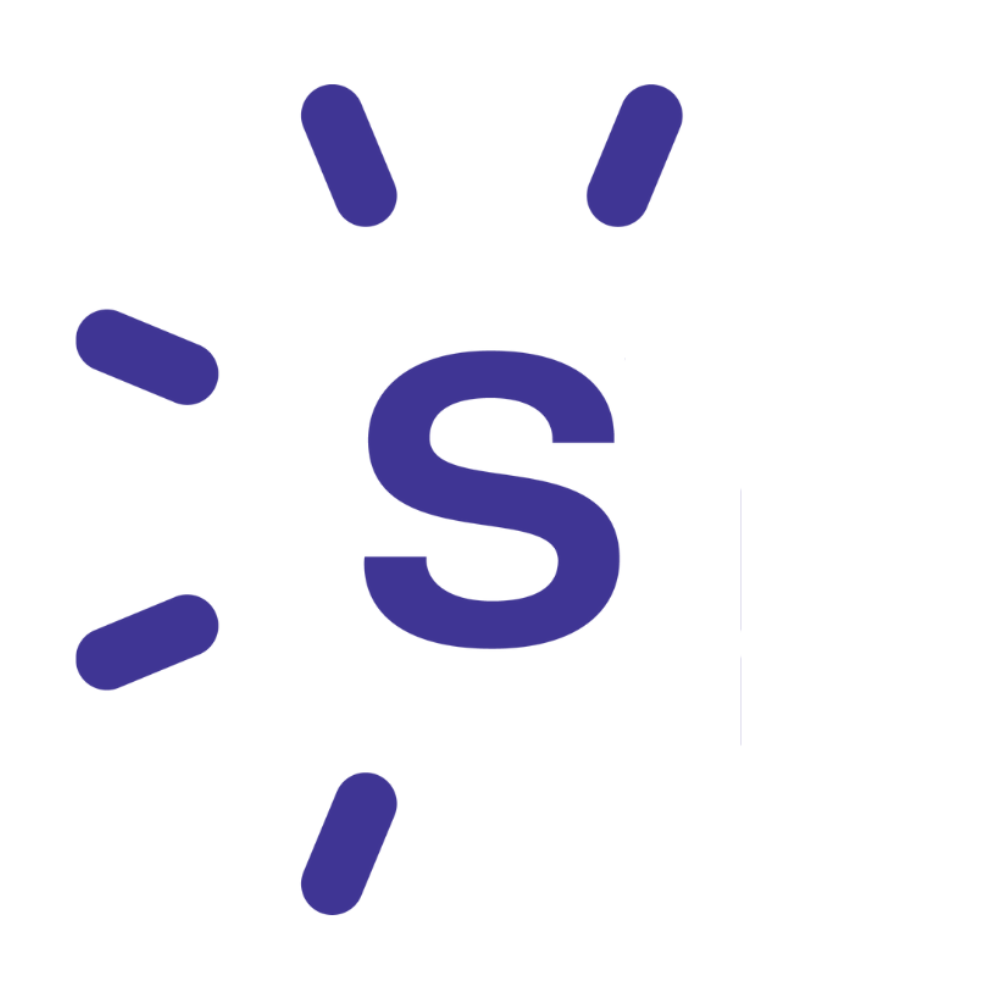Why slimming down on software can streamline healthcare operations
There’s an urgent call for consolidation and efficiency in health systems’ software solutions to free their workforces from restrictive workloads.

In recent years, the healthcare industry has experienced only minimal improvement in streamlining and minimizing software solutions within hospitals and health systems. While any progress is welcome, as health systems contend with financial instability and critical workforce shortages, an imminent need remains to simplify and improve efficiencies with enterprise-wide operations using fewer applications.
As providers strive to do what they do best – deliver exceptional patient care – they are being weighed down by health systems that have not taken steps to consolidate and improve the efficiency of their operations software. As patients’ expectations reach new heights and value-based care aims to restructure healthcare, technologically challenged organizations need to invest in the necessary solutions to enable providers to deliver the best possible patient care.
Leaders who ignore the need or delay the pace of consolidating their organization’s technologies are, in essence, shackling a ball and chain to their health system’s workforce. To drive efficiencies and increase interoperability, it’s incumbent on organizations to break down siloed systems.
Consolidation’s slow pace
In a recently published report by symplr, “From Imminent to Urgent: Aligning Clinicians & IT is Critical to Streamlining Healthcare Operations,” survey data reveals the consolidation and streamlining of health systems’ software solutions in the United States is happening too slowly. The report is based on a survey of CIOs, IT executives and clinicians at leading U.S. health systems. According to the findings, workforce challenges and clinician burnout are the top threat to organizations in the years ahead, with technology overload being a contributing factor.
The survey stats speak for themselves – the majority of organizations rely on 50-plus software solutions to run their healthcare operations. More than 80 percent of survey respondents said working with disparate IT systems and applications complicates their job. Also, 84 percent of respondents indicated caregivers could redirect more time each week to clinical care if their healthcare operations software were on a single platform, and that using streamlined technology would enable clinicians to redirect at least 10 percent more time to patient care each week.
According to a report published by KLAS, more than 90 percent of surveyed executives from 51 healthcare organizations said that technology consolidation is important to improving their operational efficiency. Even so, only 20 percent indicated their health system’s operational strategy is sophisticated, with 80 percent reporting they are still in the planning or initial stages.
Despite the data pointing to unsophisticated systems and slowly paced efforts to streamline solutions, a Bain & Company report found that nearly 45 percent of surveyed providers had increased their software spend in the previous year. The report also found that healthcare IT spending is a top three strategic priority for nearly 40 percent of providers and a top five priority for nearly 80 percent of those surveyed.
These findings validate the need for health systems to implement solutions that streamline processes while maintaining the day-to-day activities of workforces contending with burnout. By working with the right software partner and implementing solutions that increase efficiency, integration and profitability, organizations can avoid the costly mistake of imposing inessential technological changes on an already debilitated workforce.
Consolidation opportunities remain
The views of clinicians and IT leaders sometimes differ regarding what they believe to be the most significant challenges and opportunities for improvement in their organizations. However, clinicians and IT leaders agree that opportunities exist to consolidate healthcare operations software solutions currently used in their hospital or health system.
By clinging to myriad applications and outdated processes that don’t share data, health systems that continue to use disparate technologies will find it increasingly formidable to quickly execute decisions related to patient care, operations and finances.
To put patients first, enable clinicians to prioritize their care and support your health system’s workforce, there needs to be an urgency to streamline and integrate your healthcare operations. Working together, clinicians and IT leaders can increase their organization’s efficiency by implementing enterprise-wide technologies, eliminating communication breakdowns and building alignment across teams.
Kristin Russel is chief marketing officer at symplr.
